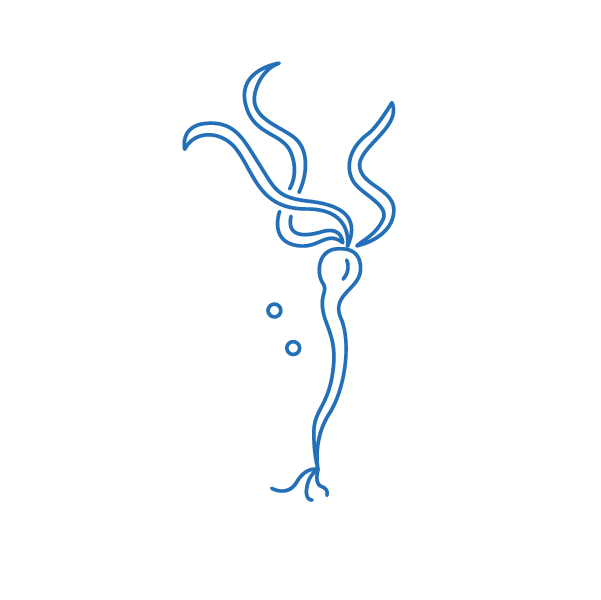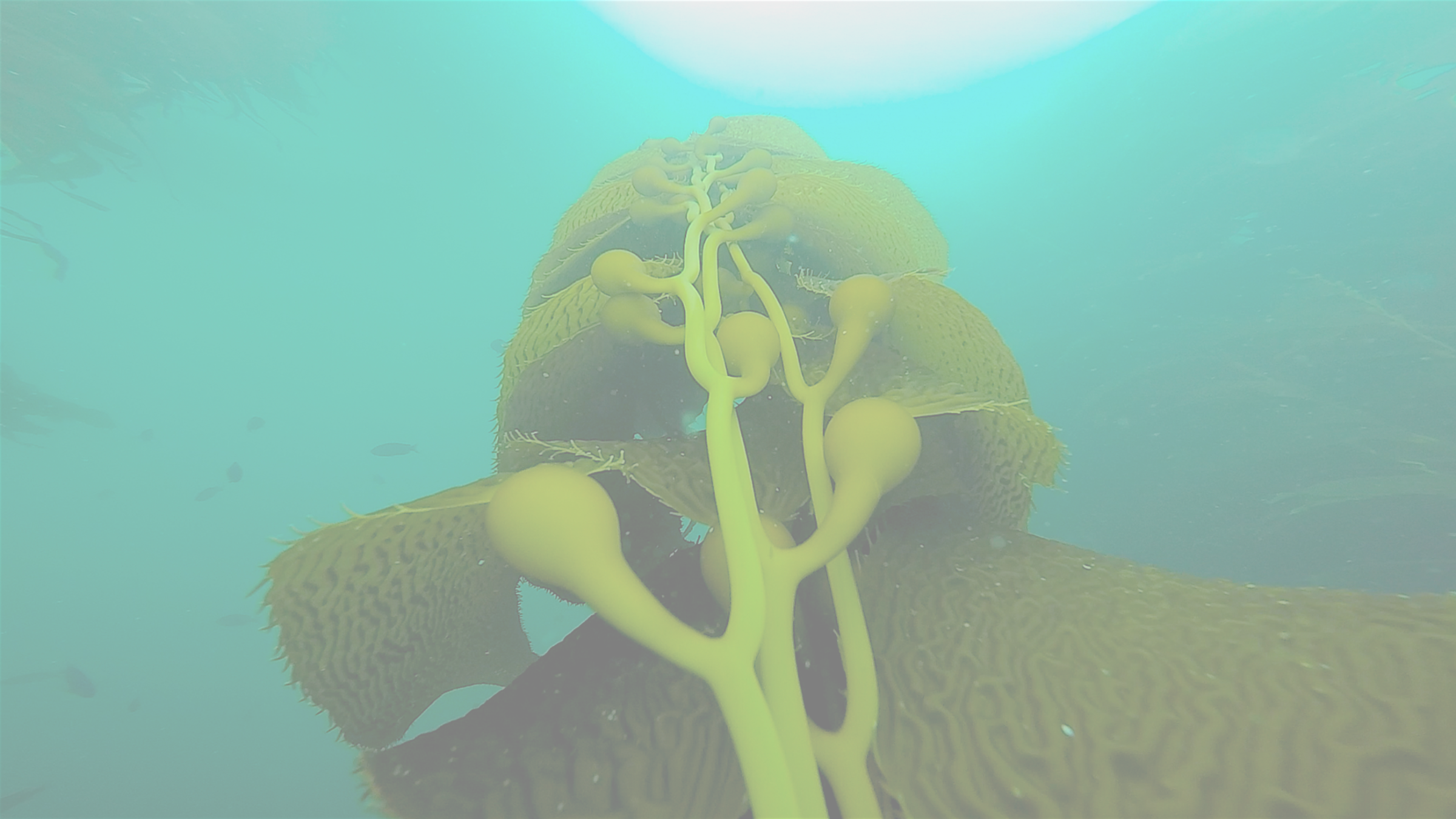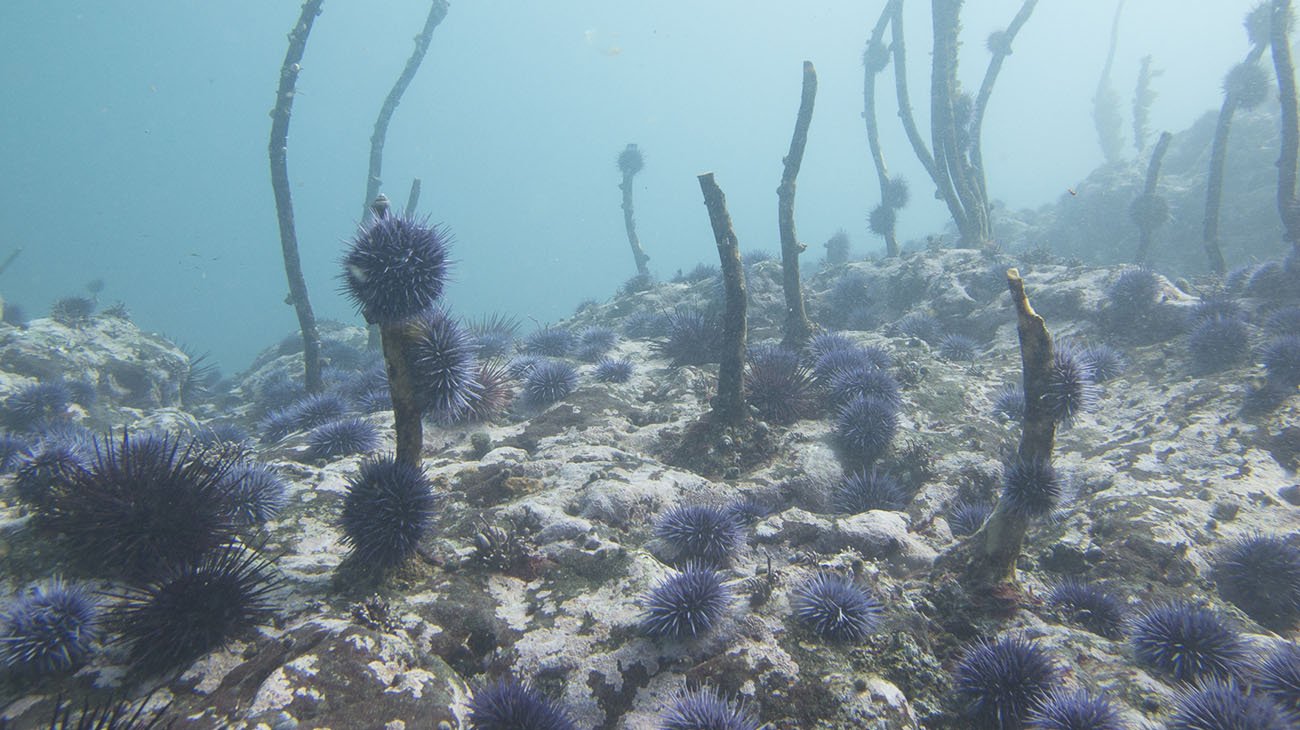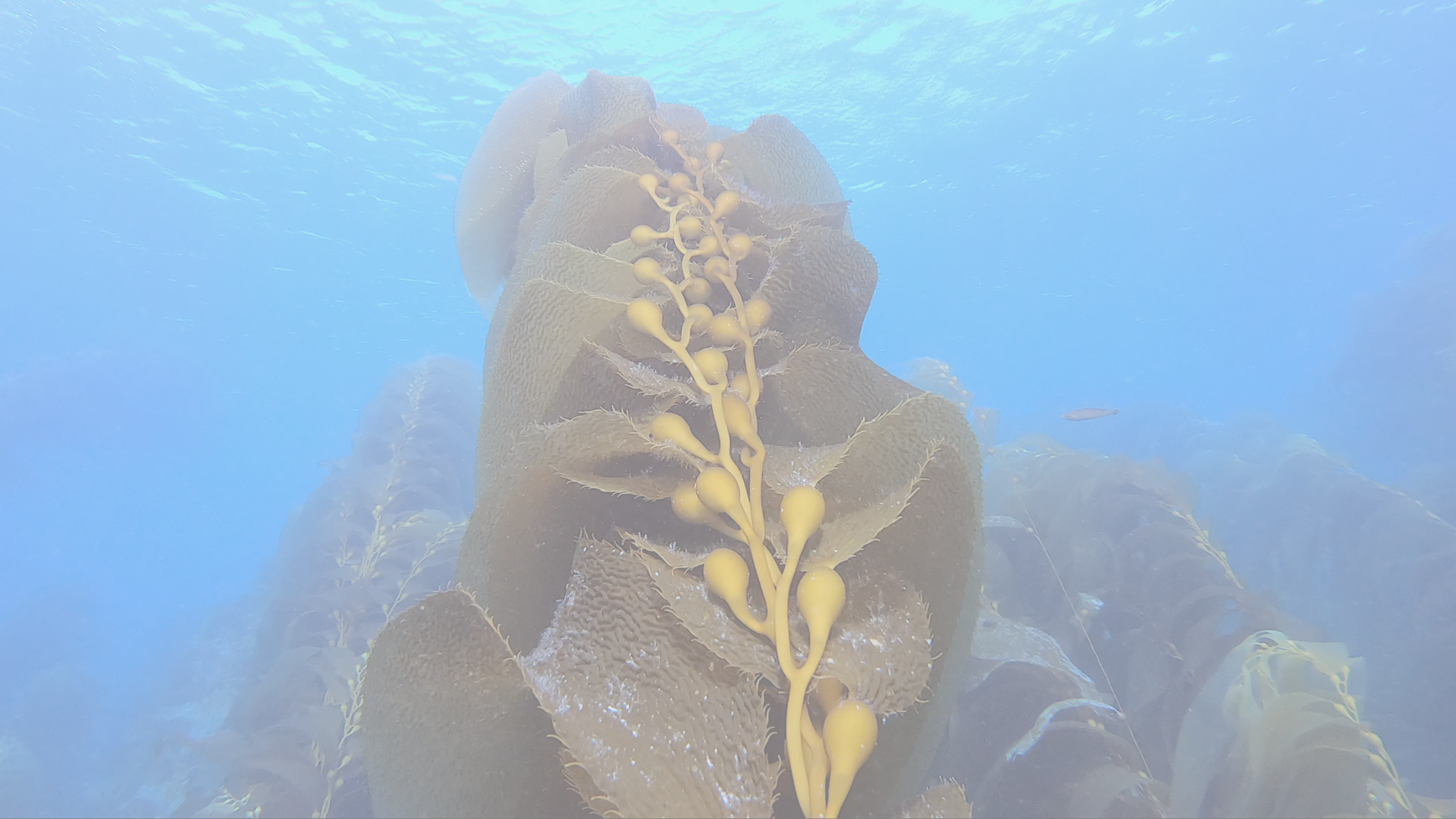
Kelp FAQs
Frequently Asked Questions about Kelp

What is Kelp?
What is kelp and where is it found?
Kelp is a type of large, brown seaweed that grows in shallow, nutrient-rich waters. It belongs to the order Laminariales which includes about 30 species. These species vary in size, shape, and habitat preference. Common characteristics of kelp are their structure, which includes a holdfast (root-like structure), a stipe (stem-like structure), and fronds (leaf-like blades). Kelp is known for its fast growth rate, and can grow in dense mats or develop canopies that provide important habitats for marine life. Kelp itself is rich in nutrients, including iodine, vitamins, and minerals, and is used in various food products, cosmetics, and even as a natural fertilizer.
What are kelp forests?
Dense groups of kelp form kelp forests, which is one of the post productive ecosystems on Earth, comparable to tropical rainforests in terms of biodiversity and ecological importance. Kelp forests support a wide variety of marine species, including fish, invertebrates, marine mammals, and birds.

What affects kelp?
What causes changes in kelp?
Kelp forests face numerous threats, many of which are linked to human activities and environmental changes.
- Climate change: Rising ocean temperatures can stress kelp, making them more vulnerable to disease, bleaching, and die-offs. Warmer waters often have less nutrients needed for kelp to grow.
- Overfishing: The depletion of species like sea otters and fish that help control herbivores, such as sea urchins, can lead to overgrazing of kelp forests.
- Pollution: Runoff from land-based activities, such as agricultural chemicals and sewage, can harm kelp forest ecosystems.
Are urchins invasive to kelp?
It is important to note that sea urchins are not always invasive, and in health ecosystems, they can play a natural role in maintaining kelp forests. In these systems, the populations of herbivores (like urchins) are regulated by natural predators, competition, and other factors, which ensure that kelp does not get overgrazed. A moderate population of urchins can actually help to maintain biodiversity by preventing kelp from becoming overrun by other types of algae.
In kelp forests where sea urchin populations are too high, they can overgraze the kelp, leading to what’s called an “urchin barren.” The explosion of sea urchin populations often occurs because of the loss of predators.
What is being done to help kelp?
Efforts to protect and restore kelp forests include: (1) Marine protected areas (MPAs) to limit human activities like fishing and coastal development. (2) Restoration projects that involve replanting kelp or controlling herbivore populations, like urchins, to allow kelp to regrow. (3) Addressing climate change through global agreements to reduce carbon emissions.

Why is there kelp on the beach?
Why does kelp wash up on the beach?
When kelp washes up on the beach, it is called beach wrack. It can happen for several reasons, mainly related to natural processes. Kelp breaks off into pieces when it reaches the end of its life cycle. Storms, high winds, and strong ocean currents can break free large pieces of kelp from the kelp forests. Waves can also wear down kelp and result in dislodging. Human activities, like boating, can also cut large pieces of kelp. While these are mostly natural processes, large amounts of kelp washing up on the beach can sometimes create a messy or smelly situation as the kelp decomposes.
Photo Credit: kelp indicator export group members, including Oregon Kelp Alliance (ORKA), Tristin Anoush McHugh (The Nature Conservancy), and Pike Spector (California Ocean Protection Council).